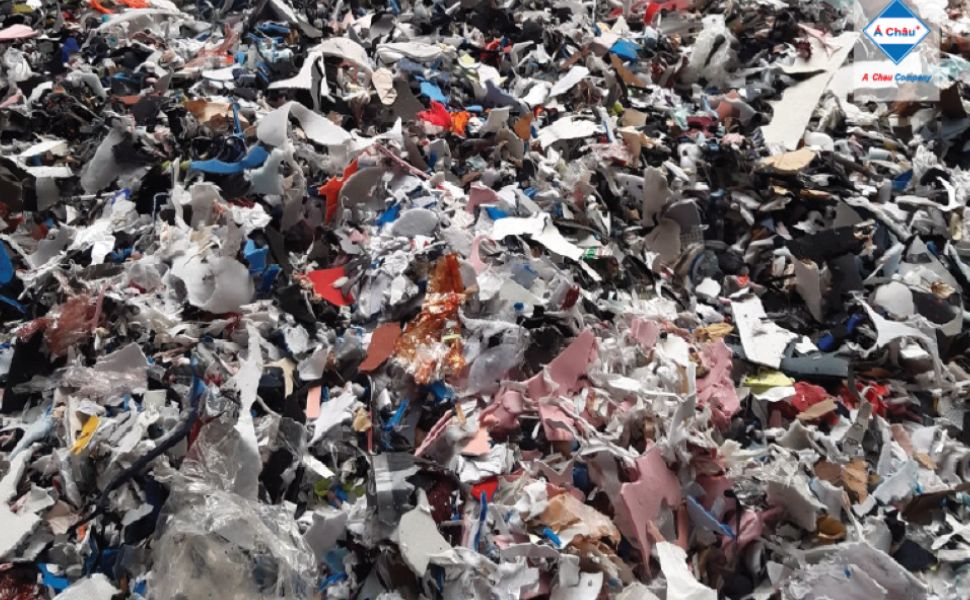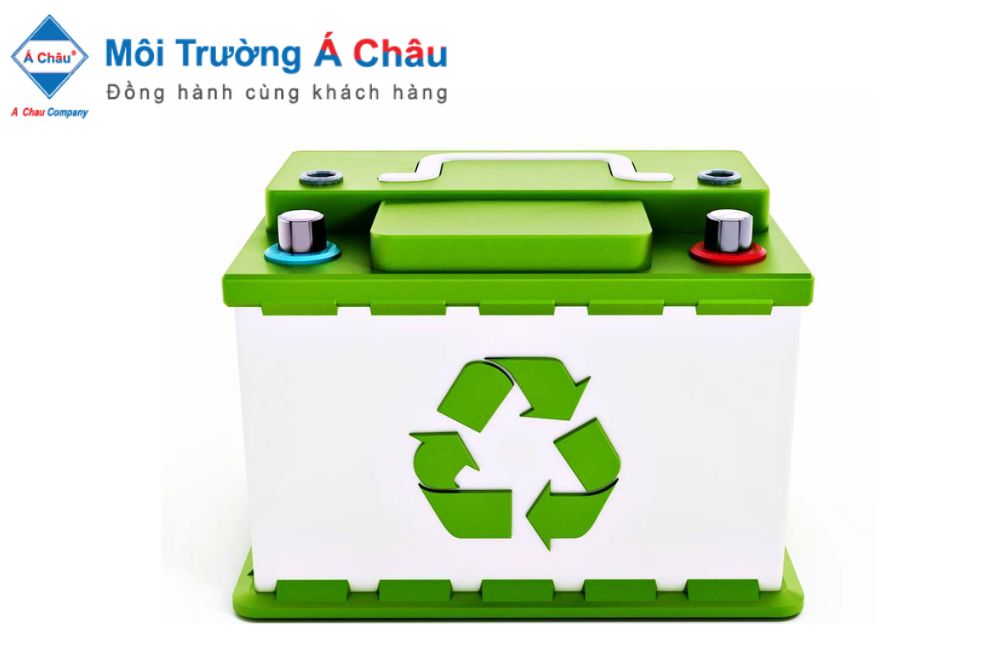Co-processing waste in cement manufacture is…
Co-processing in kilns is now acknowledged worldwide as one of the Sustainable Solutions for the treatment of non-recyclable waste.
Scientists predict that global waste generation is expected to increase by 70-75% by 2050 if no measures are taken to reduce waste discharge, with at least 32.5% of this waste needing safe processing.

Waste Co-Processing in cement kilns
Vietnam's waste volume is rapidly increasing, with the World Bank's report stating that its waste management activities are labour-intensive and inefficient, and revenues need to be increased to cover collection and treatment operating expenses.
Using waste as an alternative fuel in industrial production areas is seen as a renowned and sustainable option. In particular, the approach of Co-Processing waste in the cement sector offers several benefits.
Waste Co-Processing is the combination of an existing production process to recycle, treat, and recover energy from waste in which the waste is used as raw materials, alternative fuel, or processed.
High-temperature incinerators enable large-scale waste combustion in cement plants due to their capacity. Ash, a non-burnable material, is used in the incineration process, eliminating strict waste component separation and secondary trash production.
Co-processing is ranked higher on the waste management pyramid than landfilling, incineration, and physical and chemical processes, but only after prevention, reuse, and recycling.
Vietnam has 84 cement manufacturing lines with a combined capacity of 101 million tons per year. Investing in co-processing waste lines is an urgent trend to treat industrial waste, reduce CO2 emissions, and save money while also improving the living environment.
Currently, there are a number of cement enterprises that have tested and initially successfully produced cement products whose input materials and fuels are wasted from the agricultural industry (cashew shells, coconut shells, rice husks), waste from the textile and garment industry, footwear (shredded shoe leather, fabric scraps), or sludge from sewage treatment, such as Vicem Hoang Thach Cement, is used to replace input materials for clinker production. However, these enterprises require assistance with the waste-baseline.
Experts argue that the main obstacle to investing in waste Co-Processing lines in cement production is the need for a transparent policy mechanism for waste management and treatment, indicating a need for "State's fingertips".
Cement mills aim to use co-processing lines for cement and clinker production. However, local authorities and government need clarification on waste management due to complex issues in metropolitan areas and industrial parks.
Businesses have researched and prepared for the upcoming strategy of co-processing lines in cement production, but there are still concerns about investment efficiency.
Vietnam Cement Association Chairman, Mr Nguyen Quang Cung, believes investing in waste co-treatment lines during cement production is easy with the support of technology corporations. Vietnam has tax and fee policies for businesses investing in modern technology lines, but businesses require government determination and local authorities' commitment to plan waste Co-processing lines.
Businesses require stable waste quantity, low transportation and treatment costs for investment security, and effective waste management and pricing, which are crucial for their interests.
Source: Source: According to Environment and Urban Affairs, "Co-processing of waste in cement production is a Sustainable Solution" posted on August 10, 2020, see link: https://www.moitruongvadothi.vn/dong-xu-ly-chat-thai-trong-san-xuat-xi-mang-la-giai-phap-ben-vung-a75653.html, accessed June 3, 2024.













